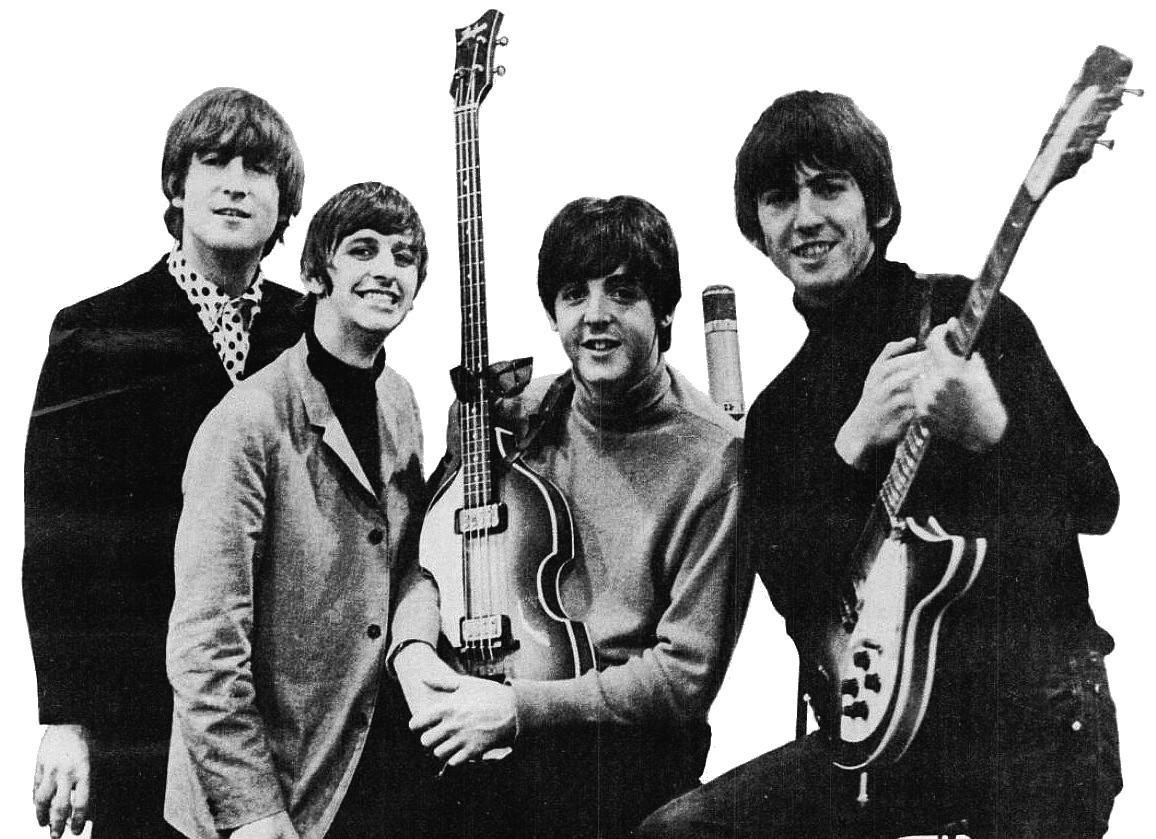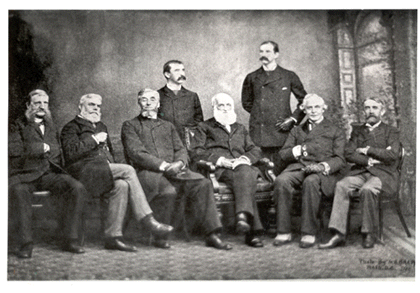|
Sawt (music)
Sawt ( / ALA-LC: ''Ṣawt''; literally "voice"; also spelled sout or sowt) is a kind of popular music found in Kuwait and Bahrain. History It is said that sawt was established in Kuwait by the poet, composer, singer and oud player Abdallah al-Faraj (1836-1901/1903). The Bahraini historian Mubārak al-'Ammārī believes that sawt was known in Kuwait before 1766, and in Bahrain since 1783. Saleh and Daoud Al-Kuwaity were widely considered among one of its earliest pioneers. Description ''Sawt'' is a complex form of urban music, originally performed on the 'ud (plucked lute) and mirwas (a drum), with a violin later supplementing the arrangement. Two men perform the dance, which is called "Zaffan". ''Al-Sout'' is performed only at night gatherings of men. It is called "Samra" (nightly chat). Sawt also contains a special type of clapping called sherbaka, which means "intertwined," and is usually performed by spectators only on Arabic and Levantine scales. The poetry used in sawt i ... [...More Info...] [...Related Items...] OR: [Wikipedia] [Google] [Baidu] |
ALA-LC
ALA-LC (American Library AssociationLibrary of Congress) is a set of standards for romanization, the representation of text in other writing systems using the Latin script. Applications The system is used to represent bibliographic information by North American libraries and the British Library (for acquisitions since 1975)Searching for Cyrillic items in the catalogues of the British Library: guidelines and transliteration tables and in publications throughout the English-speaking world. The require catalogers to romanize [...More Info...] [...Related Items...] OR: [Wikipedia] [Google] [Baidu] |
Popular Music
Popular music is music with wide appeal that is typically distributed to large audiences through the music industry. These forms and styles can be enjoyed and performed by people with little or no musical training.Popular Music. (2015). ''Funk & Wagnalls New World Encyclopedia'' As a kind of popular art, it stands in contrast to art music. Art music was historically disseminated through the performances of written music, although since the beginning of the recording industry, it is also disseminated through sound recording, recordings. Traditional music forms such as early blues songs or hymns were passed along orally, or to smaller, local audiences. The original application of the term is to music of the 1880s Tin Pan Alley period in the United States. Although popular music sometimes is known as "pop music", the two terms are not interchangeable. Popular music is a generic term for a wide variety of genres of music that appeal to the tastes of a large segment of the populati ... [...More Info...] [...Related Items...] OR: [Wikipedia] [Google] [Baidu] |
Kuwait
Kuwait, officially the State of Kuwait, is a country in West Asia and the geopolitical region known as the Middle East. It is situated in the northern edge of the Arabian Peninsula at the head of the Persian Gulf, bordering Iraq to Iraq–Kuwait border, the north and Saudi Arabia to Kuwait–Saudi Arabia border, the south. With a coastline of approximately , Kuwait also shares a maritime border with Iran, across the Persian Gulf. Kuwait is a city-state, most of the country's population reside in the urban area, urban agglomeration of Kuwait City, the capital and largest city. , Kuwait has a population of 4.82 million, of which 1.53 million are Kuwaiti nationality law, Kuwaiti citizens while the remaining 3.29 million are Expatriates in Kuwait, foreign nationals from over 100 countries. Kuwait has the world's third List of sovereign states by immigrant and emigrant population, largest number of foreign nationals as a percentage of the population, where its citizens make up less th ... [...More Info...] [...Related Items...] OR: [Wikipedia] [Google] [Baidu] |
Bahrain
Bahrain, officially the Kingdom of Bahrain, is an island country in West Asia. Situated on the Persian Gulf, it comprises a small archipelago of 50 natural islands and an additional 33 artificial islands, centered on Bahrain Island, which makes up around 83 percent of the country's landmass. Bahrain is situated between Qatar and the northeastern coast of Saudi Arabia, to which it is connected by the King Fahd Causeway. The population of Bahrain is 1,501,635 as of 14 May 2023, of whom 712,362 (47.44%) are Bahraini nationals and 789,273 are expatriates spanning 2,000 ethnicities (52.56% of the country's population of 1,501,635). Bahrain spans some , and is the List of countries and dependencies by area, third-smallest nation in Asia after the Maldives and Singapore. The capital and largest city is Manama. According to archeologist Geoffrey Bibby, Bahrain is the site of the ancient Dilmun civilization. though locally the islands were controlled by the Shia Jarwanids, Jarwanid dyn ... [...More Info...] [...Related Items...] OR: [Wikipedia] [Google] [Baidu] |
Saleh And Daoud Al-Kuwaity
Saleh (1908–1986) and Daud (1910–1976) Al-Kuwaity () were Kuwait-born Israeli musicians of Iraqi-Iranian ancestry who rose to prominence in the Arab world in the early twentieth century. The brothers had a pioneering role in the modern classical music of Iraq and Kuwait, especially the Iraqi ''maqam'' and Kuwaiti ''sawt'' genres. In 1951, the brothers immigrated from Iraq to Israel. Early life and work The brothers were born in Kuwait in 1908 and 1910 to a Mizrahi Jewish family which originally immigrated from Iraq. Their father, who was a Jewish merchant of Iranian ancestry, moved to Kuwait from the Iraqi city of Basra. Their family was part of the Kuwaiti Jewish community in the first decade of the twentieth century. In his childhood, Saleh began studying music in Kuwait from Khaled Al-Bakar, a famous Kuwaiti oud player in the early twentieth century. He soon began to compose his own music. Saleh's first song, "Walla Ajabni Jamalec" (By God, I admire your bea ... [...More Info...] [...Related Items...] OR: [Wikipedia] [Google] [Baidu] |
American Historical Association
The American Historical Association (AHA) is the oldest professional association of historians in the United States and the largest such organization in the world, claiming over 10,000 members. Founded in 1884, AHA works to protect academic freedom, develop professional standards, and support scholarship and innovative teaching. It publishes '' The American Historical Review'' four times annually, which features scholarly history-related articles and book reviews. AHA is the major learned society for historians working in the United States, while the Organization of American Historians is a field society for historians who study and teach about the United States. The AHA's congressional charter of 1889, established it "for the promotion of historical studies, the collection and preservation of historical manuscripts, and for kindred purposes in the interest of American history, and of history in America." Activities AHA operates as an umbrella organization for the discipline ... [...More Info...] [...Related Items...] OR: [Wikipedia] [Google] [Baidu] |
Mirwas
The ''mirwās'' or ''marwas'' (), plural ''marāwīs'' () is a small double-sided, high-pitched hand drum originally from the Middle East. It is a popular instrument in the Arab States of the Persian Gulf, used in '' sawt'' and '' fijiri'' music. It is also common in Kuwait and Yemen. Hadhrami migrants from Yemen took the instrument to Muslim Southeast Asia (especially Indonesia, Malaysia and Brunei), where it is used in '' Zapin'' and '' Gambus'' musical genres. A similar drum of this area is the '' Gendang''. The Marwas drums used to accompany '' Gambus'' music in Lampung, Indonesia Indonesia, officially the Republic of Indonesia, is a country in Southeast Asia and Oceania, between the Indian Ocean, Indian and Pacific Ocean, Pacific oceans. Comprising over List of islands of Indonesia, 17,000 islands, including Sumatra, ... often consist of four sizes with two skins of a diameter between 12-20 centimetres. The skins are commonly made from goatskin and formerly black m ... [...More Info...] [...Related Items...] OR: [Wikipedia] [Google] [Baidu] |
Violin
The violin, sometimes referred to as a fiddle, is a wooden chordophone, and is the smallest, and thus highest-pitched instrument (soprano) in regular use in the violin family. Smaller violin-type instruments exist, including the violino piccolo and the pochette (musical instrument), pochette, but these are virtually unused. Most violins have a hollow wooden body, and commonly have four strings (music), strings (sometimes five-string violin, five), usually tuned in perfect fifths with notes G3, D4, A4, E5, and are most commonly played by drawing a bow (music), bow across the strings. The violin can also be played by plucking the strings with the fingers (pizzicato) and, in specialized cases, by striking the strings with the wooden side of the bow (col legno). Violins are important instruments in a wide variety of musical genres. They are most prominent in the Western classical music, Western classical tradition, both in ensembles (from chamber music to orchestras) and as solo ... [...More Info...] [...Related Items...] OR: [Wikipedia] [Google] [Baidu] |
Music Of Kuwait
Kuwait is well known in the region for its exploration of many different and new forms of music and dance.Badley, Bill. "Sounds of the Arabian Peninsula". 2000. In Broughton, Simon and Ellingham, Mark with McConnachie, James and Duane, Orla (Ed.), ''World Music, Vol. 1: Africa, Europe and the Middle East'', pp 351-354. Rough Guides Ltd, Penguin Books. Kuwait is the birthplace of various popular musical genres such as sawt. Kuwait is widely considered the centre of traditional music in the GCC region. History Kuwait is the birthplace of various popular musical genres, such as sawt and fijiri. Traditional Kuwaiti music is derived from the country's seafaring heritage. In pre-oil times, Kuwait was regionally renowned for its music and 20–30% of Kuwaitis were professional musicians. Kuwait is widely considered the centre of traditional music in the Arabian Gulf. Traditional Kuwaiti music reflects the cosmopolitan influence of many diverse cultures. The habbān is a popular Kuwait ... [...More Info...] [...Related Items...] OR: [Wikipedia] [Google] [Baidu] |
Culture Of Kuwait
Culture of Kuwait describes the cultural aspects of the Kuwaiti society and is part of the Eastern Arabian culture. Kuwaiti popular culture, in the form of dialect poetry, film, theatre, radio and television soap opera, flourishes and is even exported to neighboring states. Within the Arab states of the Persian Gulf, the culture of Kuwait is the closest to the culture of Bahrain. Arts Performing arts Kuwait has the oldest performing arts industry in the Arabian Peninsula. Kuwait is the main centre of scenographic and performing arts education in the GCC region. Many famous Arab actors and singers attribute their success to training in Kuwait. The Higher Institute of Theatrical Arts (HIDA) provides higher education in theatrical arts. Television and soap operas Kuwait's television drama industry is the largest and most active Gulf Arab drama industry and annually produces a minimum of fifteen serials. Kuwait is the main production center of the Gulf television drama and com ... [...More Info...] [...Related Items...] OR: [Wikipedia] [Google] [Baidu] |
Culture Of Bahrain
The culture of Bahrain is part of the historical region of Eastern Arabia. Thus, Bahrain's culture is similar to that of its Arab neighbours in the Persian Gulf region. Bahrain is known for its cosmopolitanism, Bahraini citizens are very ethnically diverse. Though the state religion is Islam, the country is tolerant towards other religions: Catholic and Orthodox churches, Hindu temples as well as a (now-defunct) Jewish synagogue are present on the island. People and heritage Bahraini people are ethnically diverse. There are at least 8–9 different ethnic groups of Bahraini citizens. Shia Bahraini citizens are divided into two main ethnic groups: Bahrani and Ajam. Most Shia Bahrainis are ethnic Baharna, the Baharna being descendants of the original pre-Islamic inhabitants of Bahrain. The Baharna speak a variety of Arabic known as Bahrani Arabic. The Ajam are ethnic Persian Shias.They maintain a distinct culture and language, and they have greatly influenced the Bahraini cult ... [...More Info...] [...Related Items...] OR: [Wikipedia] [Google] [Baidu] |






